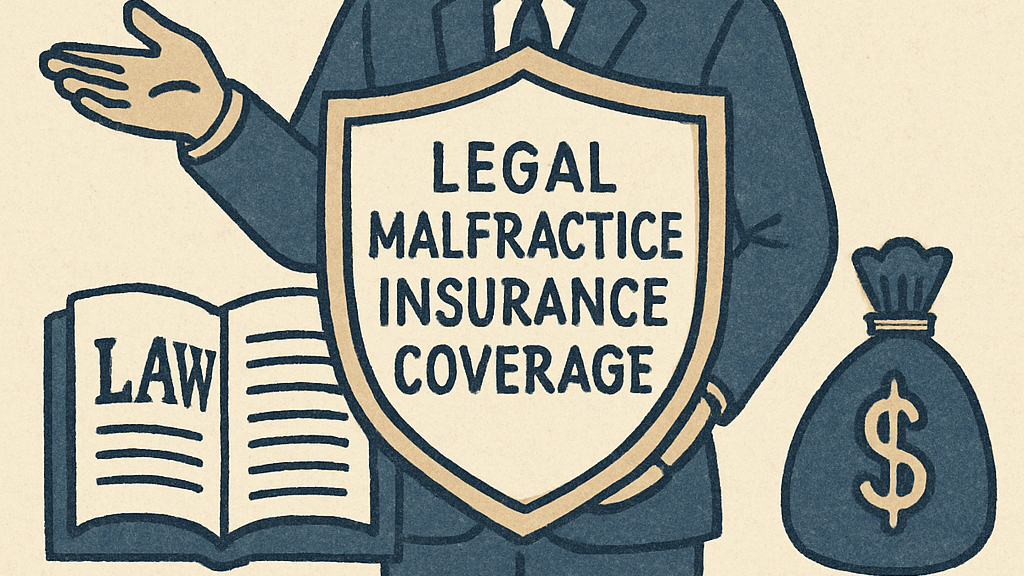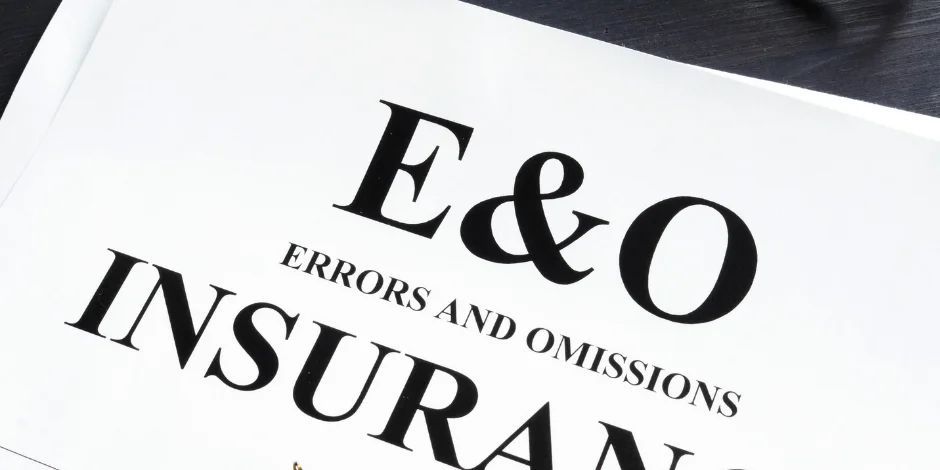Indiana’s legal landscape, key cases, and practical coverage choices—so you can protect your firm, your clients, and your reputation.

Why this matters in Indiana
If you practice in Indiana, you’re operating in a jurisdiction with clear professional conduct enforcement, an active appellate system, and case law that makes missed deadlines, conflict missteps, and estate-planning errors genuinely costly. Add in the long-tail nature of claims-made policies, and the question isn’t whether to carry legal malpractice (lawyers professional liability, or “LPL”) insurance—but how to structure it so a bad day in court doesn’t become a bad year for your firm.
Quick context: Indiana does not require every individual lawyer to carry malpractice insurance or to disclose coverage status to clients. However, if you practice as a PC/LLC/LLP, the Supreme Court’s Admission & Discipline Rule 27(g) requires the entity to maintain adequate professional liability insurance or other financial responsibility.
Indiana’s legal backdrop (the risk environment you practice in)
Indiana’s judiciary has two levels: trial courts (circuit, superior, city/town/small claims) and appellate courts (Court of Appeals and Tax Court), with the Indiana Supreme Court as the court of last resort. Day to day, malpractice disputes start below and can climb; discipline is centralized at the top.
On ethics and discipline, the Indiana Supreme Court Disciplinary Commission investigates complaints and enforces the Indiana Rules of Professional Conduct—a constant reminder that professional lapses create both discipline and civil-liability exposure.
What a claimant must prove in Indiana
Indiana frames legal malpractice as a negligence claim. A plaintiff must show:
- an attorney-client relationship (duty),
- breach of the ordinary skill and knowledge standard,
- proximate causation, and
- actual loss.
Courts often require the “case-within-a-case” showing—i.e., that but for the lawyer’s error, the client would have won or achieved a better result.
The statute of limitations
- Baseline rule: generally two years under Indiana’s personal-injury statute. Shideler v. Dwyer (1981) treated malpractice as a tort, and Lambert v. Stark reaffirmed the two-year framework.
- Continuous representation tolling: adopted in Biomet, Inc. v. Barnes & Thornburg (2003). The clock may not start until the attorney’s representation in the same matter ends.
- Discovery & concealment: Indiana courts allow tolling if malpractice was concealed or couldn’t reasonably be discovered.
Insurance takeaway: This is why claims-made policies with retroactive coverage and tail protection are indispensable.
Four Indiana decisions that spotlight real-world exposure
- Roumbos v. Vazanellis (2018): Missed filing deadline. Supreme Court held causation wasn’t negated, exposing lawyer to liability.
- Walker v. Lawson (1988): Estate planning malpractice; intended beneficiaries may sue.
- Biomet, Inc. v. Barnes & Thornburg (2003): Continuous representation tolling recognized.
- Picadilly, Inc. v. Raikos (1991): Malpractice claims cannot be assigned to adversaries.
What the Indiana rules mean for insurance strategy
- Claims-made coverage: Report early, guard retroactive date, buy tails.
- Adequate limits: Factor in multiple-claimant risks (estate, real estate, PI).
- Critical endorsements: Pre-claim help, disciplinary coverage, subpoena response, and hammer clause details.
- Entity status compliance: PCs, LLCs, and LLPs must carry insurance or financial responsibility under Rule 27(g).
Common Indiana claim scenarios
- Calendaring errors: Missed statutes (e.g., Roumbos).
- Conflicts of interest: Duties clarified in Rice v. Strunk.
- Estate-planning suits: Standing for beneficiaries (Walker).
- Scope creep: Continuous representation extends liability (Biomet).
Practical checklist
- Engagement and closing letters
- Robust calendaring systems
- Early claim reporting
- Annual ethics training
- Policy hygiene: retro date, limits, defense costs, consent-to-settle terms
Bottom line
Indiana’s malpractice landscape is shaped by strict rules, a strong disciplinary arm, and case law that broadens potential liability. The smart approach is twofold: strong risk management to prevent claims, and carefully built malpractice insurance to cover them when they happen.
Why Choose Professional Liability Insurance Services
Working with Professional Liability Insurance Services means you’re partnering with an independent agency that isn’t tied to one carrier. That independence matters in Indiana, where coverage needs can differ dramatically depending on your practice area—estate planning, litigation, business law, or personal injury. We shop multiple top-rated insurers to find coverage that fits your risk profile, budget, and compliance needs under Indiana’s rules. This flexibility helps ensure you’re not locked into a one-size-fits-all policy and gives you access to objective guidance from experts who understand the nuances of legal malpractice insurance in Indiana.
Citations (with links)
- Roumbos v. Vazanellis, 95 N.E.3d 63 (Ind. 2018)
- Walker v. Lawson, 526 N.E.2d 968 (Ind. 1988)
- Biomet, Inc. v. Barnes & Thornburg, 791 N.E.2d 760 (Ind. Ct. App. 2003)
- Picadilly, Inc. v. Raikos, 582 N.E.2d 338 (Ind. 1991)
- Shideler v. Dwyer, 417 N.E.2d 281 (Ind. 1981)
- Lambert v. Stark, 484 N.E.2d 630 (Ind. Ct. App. 1985)
- Rice v. Strunk, 670 N.E.2d 1280 (Ind. 1996)
- Indiana Admission & Discipline Rule 27(g)
- Indiana Rules of Professional Conduct
- Indiana Judicial System Overview











